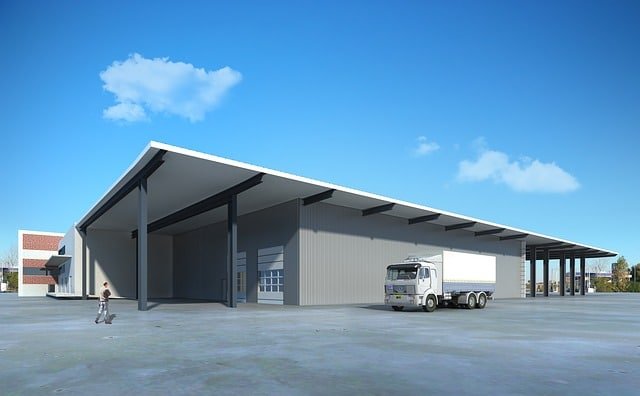What is Pallet Racking Systems? Its Types and Benefits Explained
Pallet racking is a primary steel structure made by using frames, beams, and connectors. Racks are the most critical part of the storage and materials handling in the warehouse operations. Pallet racks are large and can store a wide range of materials, cans of food, nails, medication, to name a few.
Disclosure this article contains sponsored content.
Well-designed pallet racking will aid the manager with the ability to store the maximum amount of product.
Pallet racking is also known as bulk storage racks, Storage shelving, teardrop racks, warehouse shelving racks, industrial shelves, rivet shelving racks, and warehouse mezzanines name a few. Whatever the name, their primary function remains to store material in rows. The systems are designed to raise storage density by optimising vertical space. A well-designed pallet supports picking, protecting, and facilitating the movement of goods in and out of the warehouse.
Also See: Stunning Mosques to Visit in Canberra
What are the Components of Pallet Racking?
The pallet racking system is entirely customisable to suit the businesses requirement. Pallet racking has two components upright frames and cross beams. Upright frames are the vertical columns that give the required raise to the frame and runs from the floor to the top of the shelf. Crossbeams are attached to the upright frame on both ends, forming a shelf for storage.
Different Pallet Racking Systems
Cantilever Rack: It is a stockpiling system often used to store long, hefty, and cumbersome mechanical parts by arranging several cantilevers in a sequence. This framework is like the timber rack, regularly utilised for the capacity of enormous, pressed wood sheets and huge pipes, steel bars and plasterboards.
Drive-in pallet racks: As the name suggests, these pallet racks are designed in a way to allow forklifts access to all racks as they can drive in and retrieve the material stocked. It is an effective method when the First in Last Out (FILO) method is used in warehouses. In other words, the material stored first will be the last to be removed.
Pallet Flow Racks: This racking system again follows the FIFO inventory control. It uses rollers and gravity to move material or pallets to the front of the rack. The positive of the system is that it reduces the number of aisles, thereby increasing the storage slots. This method of storage increases the density of storage.
Carton Flow Racks: This system of pallet racks is used for the warehouses that follow the First in and first-out (FIFO) warehousing method. The racks are loaded from the tail end and offloaded from the front. The pallet racks are arranged in a slight decline and have rollers to facilitate easy movement of the material.
Push back racks: In this system, the rails are inclined to enable gravity to do the job of moving the pallet to the front of the rack. The pallets are placed on the trays that can be moved both ways forward and backwards. Since the system allows easy movement of the pallet, once the pallet in the front is moved, the pallet in the rear comes forward.
Also See: How Long Does It Take To Get in Shape? – Day 43
Benefits of Pallet Racking Systems
Enhances Warehouse Space: In conventional warehousing, ample floor space is reserved as aisles for forklifts, reducing the available storage space. Pallet racking frees up space and enables dense storage.
- Enables designing warehouse space as per Inventory control method: Pallet racking allows storage of material as per the requirement FIFO or FILO methods for storing time-sensitive goods.
- Customises warehouses: Different types of palletracking give the freedom to customise the warehouse to meet the organisation’s supply chain management. It also fits in well with the warehouse infrastructure.
- Improves the warehouse safety conditions: It provides a safe environment for the warehouse, thereby eliminating potential occupational hazards to the material and the staff employed in the warehouse.
Conclusion
Pallet racking is an effective solution to increase the density of warehouse storage. It enables multiple level vertical storages of goods and frees up space on the floor that would otherwise be reserved for aisles for the forklift to pass. Overall, pallet racking gives the freedom to customise the storage system to suit the warehouse infrastructure and storage requirements.
Main Image Source: Pixabay
Also See: Top Chinese Restaurants In Canberra











